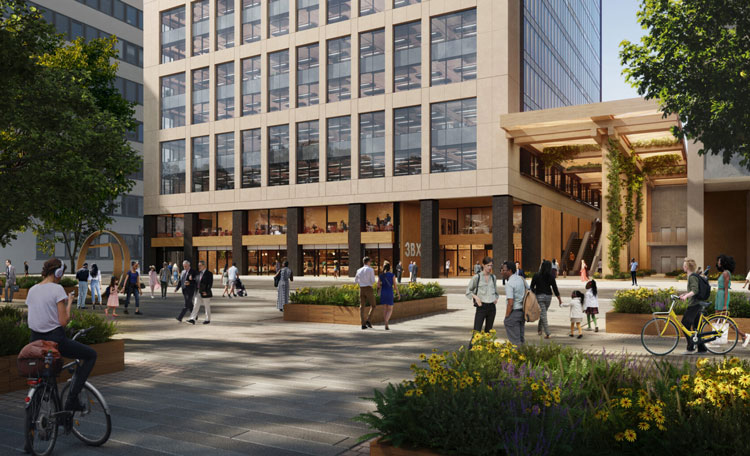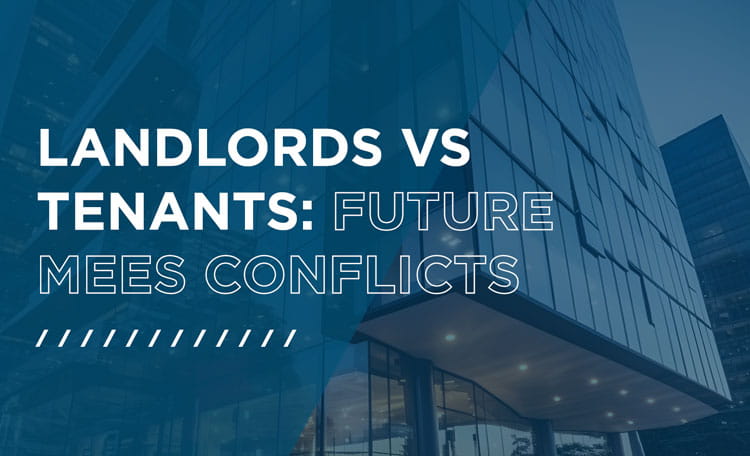January. The time of year when new year resolutioners head to gyms across the UK to start their fitness journeys.
As a recent (and often reluctant) gym goer who works in the retail property sector, I find the evolution of athleisure – athletic leisure wear – fascinating; observing which brands are growing in popularity and shaping new trends, and which fitness apparel brands are increasingly absent.
In the last decade, athleisure has accelerated in popularity, both inside and outside the gym. Today, it is a global trend.
Gone are the days of plain non-branded shorts and t shirts. Now, the ‘uniform’ is a far more complex equation of technical capability, stylish looks and the ‘right’ athleisurewear brand. Consumers no longer simply buy activewear for functional reasons.
The rise of athleisurewear is by no means a new phenomenon, with British brand Sweaty Betty and Canadian brand Lululemon both founded just over 25 years ago, while Nike and Adidas have endured a sporting rivalry which goes back some 60 years.
However, the number of athleisurewear brands has expanded rapidly, with new entrants scaling at pace and popping up on highstreets and in schemes across the country. For the consumer, the sheer range of options has increased, both in terms of new dedicated athleisurewear brands, or existing brands diversifying to meet this trend, such as Uniqlo Sport Utility Wear, H&M Move, YPB by Abercrombie & Fitch and Primark Activewear.
Consumers And Landlords Focused on The ‘Right’ Brand
As with many trends, there is a strong North American influence, so I consulted with my colleagues in our US Retail Services team for their insight. They explained that there is an unofficial “sweat scale” and different brands appeal for different reasons. For example, Rhone is a performance lifestyle brand for everyday wear, Alo has become more of a fashion forward brand, lululemon is about performance and brands such as Vuori are about comfort and style.
Looking more closely at purchase drivers for the consumer, it is key to understand the differences in both consumer expectations and brand offer. Consumer survey data from GlobalData shows that when it comes to sportswear brands key product features, such as comfort, quality, and fit are particularly pertinent for consumers, while the biggest differences relative to general apparel can be found in a consumer focus on versatility, brand name, and sustainability.

For landlords, the question is how much is too much athleisurewear and will they all be able to trade alongside each other, or will it be the survival of the fittest?
Around a decade ago we started to see the rise of the number of monoband beauty brands, which was partially due to the decline in department stores. What we observed, on the whole, was that the formation of bigger brand clusters created a stronger offering and increased sales – a trend that continues to this day. And broadly, a trend we are now seeing with athleisure.
Alo Yoga has shown strong confidence in the UK and launched four active stores in London in the last year: Kings Road, Regent Street, Brompton Road and Neal Street, Covent Garden.
Not only have we seen a transition from online to physical stores, but we have also seen increasing store sizes for new entrants, with brands such as Gymshark opening its first store on Regent Street at 18,000 sq ft, swiftly launching another large store at Westfield Stratford at 7,000 sq ft. More recently, we have seen a number of existing brands, such as lululemon, upsizing some of the existing store portfolio, while others are diversifying their concepts, including Under Armour’s Brand House at Battersea Power Station, which is home to a gym to develop the next generation of athletes.
Athleisurewear is now firmly embedded in lifestyle fashion. A fashion trend that accelerated during the pandemic, when officewear was replaced with comfortable clothes as people spent more time at home.
There are a number of athleisure brands still to launch physical stores the UK, including Adanola and Sporty & Rich, and we also expect to see the continued expansion of those brands with existing stores.
There is no doubt that athleisure will continue its sprint throughout 2025.
Explore the UK Retail Marketbeat
For more analysis and commentary on the UK Retail sector, please click here to find our latest quarterly Marketbeat analysis.



